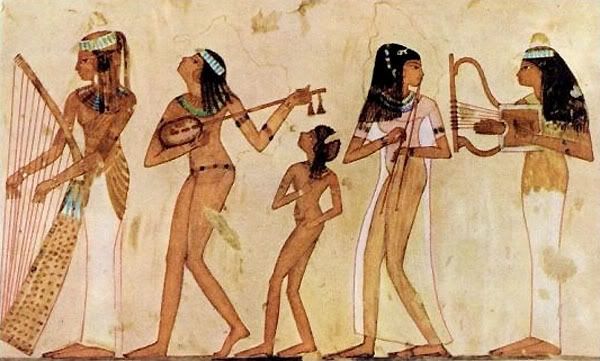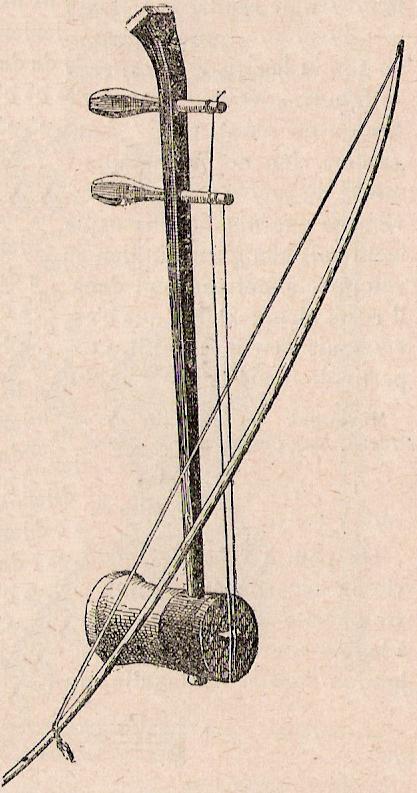By Stefan Aune of Fein Violins
Tracing the origins of the violin is difficult - evidence of the earliest stringed instruments is primarily found in sculptures and works of art, as instruments made of wood are unlikely to survive for thousands of years. Cultures such as the ancient Greeks and Egyptians made use of stringed instruments, but they did not make use of bows, and the development of the bow is what sets the violin family and its ancestors apart from harps, guitars and other early stringed instruments. A common theory, which is discussed and refuted by Ed. Heron-Allen in his book
Violin-Making, as it was, and is, attributes the earliest violins to the Israelites, citing passages in the Bible such as Psalm 81:2 that says "The pleasant harpe, with the viol," or a passage from the book of Samuel that says "And David and all the house of Israel played before the Lord with all manner of instrumentys of fyrre woode, wyth harpes, psalteries, timberelles, fyddelles, and symbals." These passages that seem to reference the viol or fiddle are in fact mistranslations of the Hebrew word for harp, and no word that would signify "bowed instrument" appears in the earliest versions of the Bible.
 |
| An ancient Greek vase, which depicts a phorminx, and early Grecian stringed instrument |
 |
| Ancient Egyptian stringed instruments |
Instruments that make use of resonating strings have been around for thousands of years, but the practice of drawing fibers across the strings in order to produce continuous sound took awhile to appear. The development of the bow was a revolutionary change that replaced the plucking or strumming methods that had traditionally been used to create the more percussive sounds produced by modern guitars and harps. Ed. Herron-Allen argues that "the history of the fiddle is as a matter of fact simply the history of the bow; establish the existence of the bow, and you have the existence of the fiddle." Some of the earliest verifiable accounts of bowed instruments come from what is now modern-day India and Sri Lanka, and an instrument called a "ravanastron" or "ravanahatha." Scholars of the Sanskrit language have found words for "bow" that are thousands of years old, making the ravanastron one of the violin's earliest ancestors. Other accounts place the origins of the bow in the area around the Aral sea, which is in modern-day Uzbekistan. These early bowed instruments travelled east to China with the spread of Buddhism, and the Chinese "urheeen" or "erhu" is very similar in construction to the ravanastron.
 |
| Ravanastron |
 |
| Erhu |
The bow also spread west into Persia and Turkey, and was utilized to play a variety of instruments such as the Kemangeh and the Rebab. These instruments spread further west through Muslim trade routes, eventually arriving in the Iberian Peninsula, which was controlled in the 8th century by the Moors, an islamic people that had moved into Spain from North Africa. One of the earliest records of a bowed instrument in the "west" is found in the Biblioteca Nacional in Madrid, which has a manuscript relating to the Christian apocalypse, a commentary on St. John's text, that was illuminated (illustrated) between 920 and 930 and features four musicians holding large, semi-circular bows while in the other hand each holds an enormous instrument with three strings. These early european stringed instruments established a tradition that would eventually result in modern violins,violas, and cellos. Stay tuned for future blogs that will discuss the impact these early bowed instruments had on the European musical tradition.
 |
| One of the earliest records of bowed instruments in Europe |
Are you a violinist or interested in becoming one? Take a look at our Fein Violins!





Nice
ReplyDeleteThank you for this information as it was helpful.
ReplyDelete